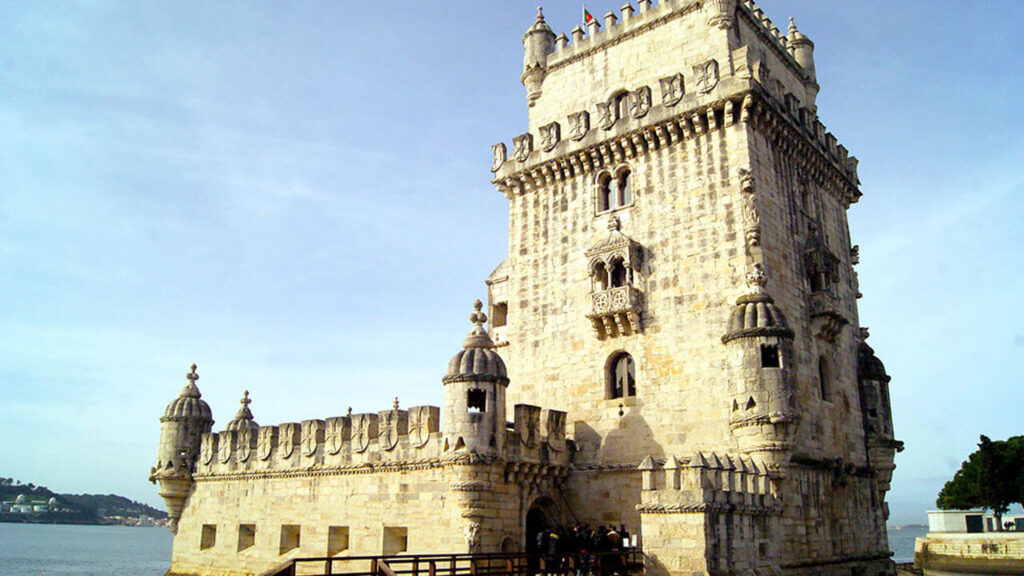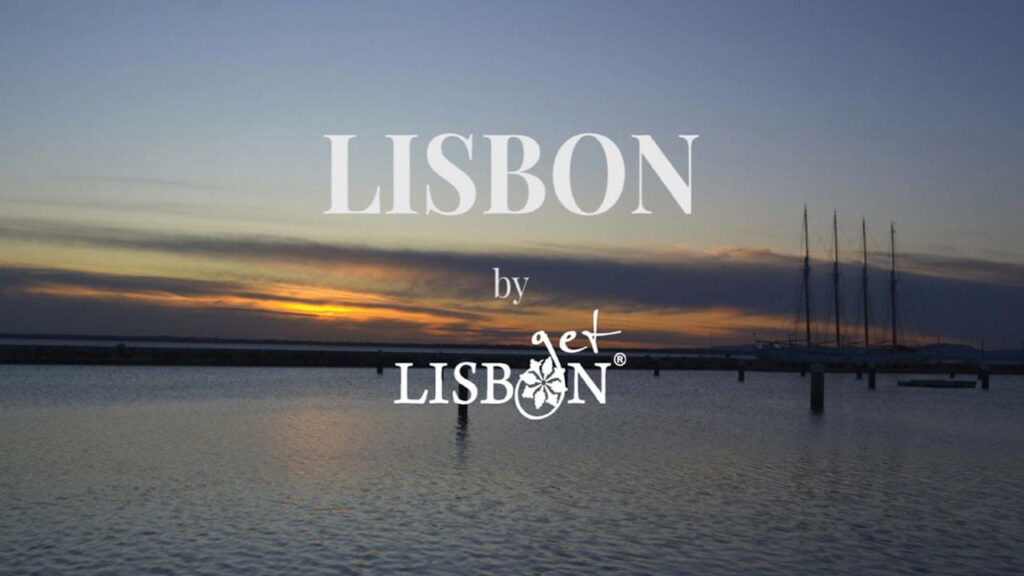The Belém Tower, built over 500 years ago, has become the landmark of the city of Lisbon. Classified as a National Monument and a UNESCO World Heritage Site, it is also one of the 7 Wonders of Portugal.
getLISBON’s mainly focuses in less known or explored aspects of the city’s heritage. But Lisbon is also made up of monuments, unmissable symbols that are worth highlighting and getting to know better. That’s what we aimed to do in The Triumphal Arch of Praça do Comércio and now in this article too.
Did you know that the official name of the Belém Tower is Saint Vincent Tower of Belém? And that there’s a representation of a rhinoceros in its original decoration?
Let’s find these and other particularities out!
By purchasing your tickets here you are supporting the getLISBON project.
Historic Context
The Belém Tower was ordered built in 1513 by King Manuel I. In this way, the famous monarch put into practice the innovative plan for the defense of Lisbon of his predecessor, King João II. This project envisaged, in addition to this, the construction of two other fortifications, one in Cascais and another on the south bank of the Tagus river.
Thus, between 1514 and 1520 the Belém Tower took shape, replacing a moored vessel in the middle of the river that at the time served as defense.
The project was handed over to Diogo Boitaca (c.1460-c.1528), master of the construction works of the kingdom, and its construction started the following year. However, in 1516 it was Francisco de Arruda (?-1547), Master of the works of the Belém stronghold , who was now responsible for the construction work.
The famous architect took part in the construction of the Cathedral of Elvas and of two aqueducts in the Alentejo, as well as with his brother of buildings in north Africa: Mazagan, Azemmour and Safi, from where he got aesthetic inspiration. He also worked in the construction of the Jerónimos Monastery and it is believed that he might’ve been the author of Casa dos Bicos in 1523.
Description of the Belém Tower

The Belém Tower was built over a basaltic outcrop, entirely in the river, about 250 meters away from the shore. If we think that the river practically reached the Jerónimos Monastery, as the old representations of this area clearly reveal, we can have an idea of the distance and the challenge that its construction was.
The military building consists of a traditional medieval tower with a square plan and of a, then modern, polygonal bastion, Italian model fortification that arises from the appearance of the new pyro-ballistic artillery.
The tower, with about 30m, has five floors connected by a narrow winding staircase. As we ascend, we reach successively: the Governor’s Hall; the King’s Hall; the Audience Hall; the Chapel and finally the terrace.
The bastion has 17 cannons spread over a magnificent vaulted space in the center of which is a small cloister.

The construction was completed in 1520, and Gaspar de Paiva, 1st captain-general and alcalde, was immediately appointed as its governor and named it after the city’s patron, Saint Vicent. So, despite the fact that its official name is Saint Vincent Tower of Belém, everyone has always referred to it simply as Belém Tower.


Revivalism in the Belém Tower
The Belém Tower itself is a monument to the reign of King Manuel I. An artistic expression that, together with the Jerónimos Monastery and the Chapel of São Jerónimo, aims to exalt and eternalize this particular moment in history. An affirmation of power that the king wanted to leave for posterity.
As it could not be otherwise, the armillary sphere is present in its decoration, a regal symbol, as well as nautical motifs like cables and knots, so typical of the Manueline style.
However, most of the decorative elements present today are not original. These resulted from a romantic and nostalgic transformation of the 19th century, which physically and symbolically changed this monument, thus becoming the landmark of Lisbon.
The building, which had been in need of restoration for a long time, was renewed between 1845 and 1846 under the tutelage of King Consort Fernando II. It was then that, in this revivalist spirit, mannerist buildings from the Philippine period were demolished and elements were added, such as armoured merlons with the cross of Christ; the balustrade of the south balcony; the cloister with a carved platband and conical pinnacles; and the image of Our Lady of the Good Event supported by a neo-gothic pulpit.
This type of intervention is part of a particular moment in history that you can learn more about in A Reflection on the Restoration of the Artistic Heritage.

Original decorations from this monument are, among others, the grotesques in the portal and the representation of a rhinoceros. The latter is sculpted on an overhanging bartizan on the west side and it is considered the first representation of an animal of this species in Europe, showing us the fascination for the exotic and surprising world, then revealed.
That same year, 1513, a rhino arrived in Lisbon, from India, which King Manuel offered, the following year, to Pope Leo X. However, the vessel that was transporting it sank. Its body was recovered and stuffed and it was based on the description of this animal that the artist Albrecht Dürer (1471-1528) created his famous drawing of a rhino in 1515.

Functions Over Time
With time, the strategic defense by the Belém Tower lost importance and its functions changed. It was a military barrack, a prison of convicted nobles, a customs post, a telegraph, a lighthouse…
Starting in 1867, this important monument was at serious risk, as a large gas factory was installed beside it. It only disappeared following countless demolitions that opened up space to the great Portuguese World Exhibition in 1940.
Today the Belém Tower hosts exhibitions and is often the backdrop for official events, music concerts, multimedia shows or parties.
The Viewpoint Tower
The terrace at the top of the building is one of the 8 viewpoints in national monuments of Lisbon that we’ve talked about before.
You can get a magnificent 360º view from there.
Visiting the Belém Tower is an interesting experience, a must for tourists. This is proven by the queues formed at the entrance of the monument, seeing that the number of people allowed inside is small. For this reason, it’s recommended to purchase tickets in advance to reduce the waiting time.
Find your fast track entrance ticket here.
Do not forget that in the vicinity, among countless attractions, you can eat a delicious pastel de Belém, another symbol of the city… but this time ephemeral!
| Never miss another article | Subscribe here |
The project getLISBON has been very rewarding and we want to continue revealing the singularities of fascinating Lisbon.
Help us keep this project alive!
By using these links to make your reservations you’ll be supporting us. With no extra costs!
• Looking for a different experience? We can create a customised itinerary based on your interests. Contact us!
• Or if you prefer tours and other activities in various destinations, take a look at GetYourGuide.
• Save time and money with a flexible Lisbon Card!




